One tube, one lens, handheld (by one hand), and one EYEPIECE (to look through) – this describes what monocular are and how people use them. A monocular is a special telescope variant (typically smaller in size) modified with a converging lens and crafted to magnify distant objects.
The compact and lightweight design is what makes a monocular more preferable to many hunters and birdwatchers. If you’ve ever wondered about how does a monocular work, you are in the right place. Here we will explore how monoculars work and if you really want to know, come along!
how does a monocular microscope work A monocular uses its lenses and prisms to make faraway objects appear closer and larger. It has a front lens called the “objective lens” that collects light from the object you want to see. This light then passes through a prism system inside the monocular, which helps redirect and align the light rays. The aligned light reaches the eyepiece lens, which further magnifies the image. When you look through the eyepiece with your eye, you can see the magnified image of the distant object.
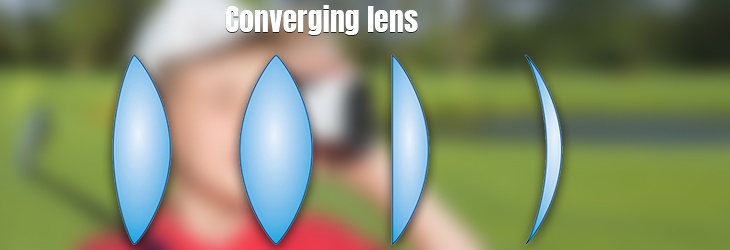
How Does a Monocular Work?
Sometimes, even the most experienced optics users can’t decide very comfortably when it comes to choosing between a monocular and a pair of binoculars. It’s not surprising because all of these are optical devices with a marginal difference in function.
So, their significantly dissimilar looks matter little when you’re serious about ‘utilities.’ The only way to overcome the confusion and rest assured that a high-spec monocular is all you need is to know the functional explanation of a monocular. Here is all you need to know.
What is a Monocular?
A monocular is a small device that you can hold in your hand to see things that are far away more clearly. It’s like having one half of a pair of binoculars. You look through one end, and it makes faraway objects appear bigger and closer.
Monoculars are easy to carry around because they are lightweight and compact. People use them for activities like hiking, watching birds, hunting, and surveillance. Some professionals like soldiers and police officers also use them for professional purposes. They can have special features like stabilizers, compasses, or the ability to take pictures or videos.
How Does a Monocular Magnify Distant Objects?
A monocular passes light through prism lenses and magnifies the target or objects to make the distant vision clear. Prism may work as a therapeutic lens that assists one’s brain to turn the eye (the one you use and is more powerful than the other) in the right direction.
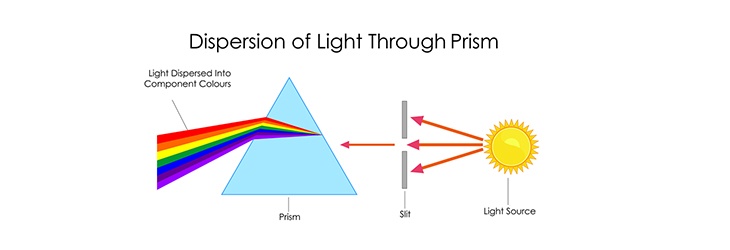
In terms of light refraction, prism lenses are unlike typical optical lenses. Consequently, these lenses impact your sight and vision differently. For example, a prism consists of a pointed top and a base resembling the shape of a pyramid.
Every time light passes through, the lens bends it towards the base, the object (visible through the prism) typically moves toward the pointed top. As a result, the visible object/target moves in that direction.

Prism lenses, if used in variable orientations and magnification power, impact the direction of our sight. Ultimately, we get a single vision instead of a double.
Why Does Lens Size Matter?
Since a monocular is so lightweight, you may wonder why you should not get compact binoculars since they are also lightweight but with more potentials. Here’s a cue – the lens size has something to do with the weight of your monocular.
The typical size of a monocular lens runs anywhere between 20mm and 42mm. Sizes on the higher side should allow for a better, brighter, and even wider view. But they aren’t equally forgiving when it comes to the weight of the device. Bigger lens sizes add to the device and make it a bulky, heavy unit.
How Do Different Lens Sizes Work?
Although devices with typical lens sizes yield adequate power for many people, you would want bigger lenses to overcome the drawback (limited view). A monocular that has a size anywhere between 30 mm to 42mm should be enough for most people as they need a brighter and wider view of the distant object.
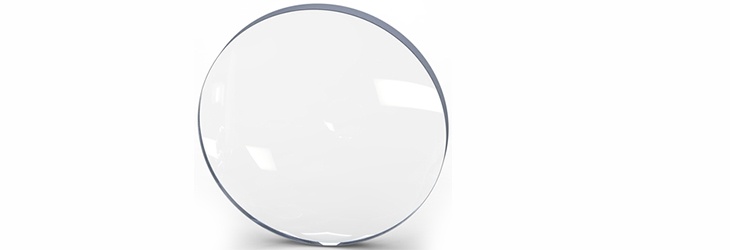
The Use of Monoculars
Let me ask you a question. Do you have a monocular vision? Are you one of those smart, lightweight backpackers/hikers who accept no less than a lightweight optical device? A monocular with a smaller lens size and compact body should be the right fit.
It’s not your fault if your eyes don’t see things equally after being put through the lenses. Finding a perfect monocular may help you handle these difficulties and makes you forget the grief of having a one-eyed, impaired vision.
A monocular proves useful in situations when you don’t want to tout your presence and scare away the unsuspecting targets. You can keep things almost unnoticed giving a sneaky look at the object. Also, these devices are great for single-handed uses.
A monocular allows users to obtain distant vision in a variety of circumstances like sightseeing, military activities, birdwatching, bird hunting, archery, fishing, mountaineering, hiking, and many other outdoor pursuits.
Most of these occasions would demand higher magnifications, better resolutions, and brighter images of distant targets/objects, and so larger devices. Since monoculars don’t have built-in LEDs like the hunting flashlights, we’d recommend using them while the sun is still up.
Monocular Vs Binoculars: Which Works Better?
No doubt that all these are highly engineered optical gadgets! Some make mistakes by considering monoculars as an alternative to either binoculars or spotting scopes. But, in practice, a monocular has its uses while the other devices have theirs.
Needless to say, binoculars and spotting scopes are better when your game involves seriousness rather than mere observation. A monocular is the best way to satisfy your needs for distance vision just when you don’t want to keep both of your eyes and hands busy (a typical case with binoculars), or add some more weight to your traveling arrangement (by carrying a tripod to stabilize a spotting scope).
Wrapping It Up
By now, I’ve tried to explain “how do monoculars work?” in detail and what makes them different from other optics often used for the same purposes. Got more questions on the topic? Well, I’m not tired. Shoot me anything that comes to your mind!
FAQs
1. What do the numbers mean of a monocular?
Ans. The numbers on a monocular typically refer to the magnification and the objective lens diameter of the device. The most common format for these numbers is “X-Y” or “Xmm-Y,” where X represents the magnification; i.e., how many times larger the viewed object will appear compared to the naked eye. For example, if the monocular has a magnification of 8X, the object will appear eight times closer or larger than it would to the naked eye.
Y represents the objective lens diameter, which is the diameter of the front lens of the monocular. The objective lens is measured in millimeters and gathers light to determine the brightness and clarity of the image. A larger objective lens diameter allows more light to enter the monocular for a brighter image.
So, for instance, if a monocular is labeled as “10X-42mm,” it means the device has a magnification power of 10X and an objective lens diameter of 42mm. In other words, it can make objects appear 10 times closer with a better light gathering capability.
2. How to determine the right monocular magnification power for myself?
Ans. This depends on your intended use. If you’re interested in observing distant objects like birds or landscapes, a magnification power between 8x and 12x is enough because it provides a good balance between magnification and stability. Also, higher magnifications can make the image shakier with even slight hand movements.
However, for stargazing or astronomy, you’ll have to look for magnifications of 15x or more to observe different celestial objects in more detail.
3. When not to use monoculars?
Ans. Here are some scenarios when a monocular will do no good to you –
a) Group activities: Monoculars are designed for individual use. So, if you’re participating in group activities like birding or wildlife spotting with friends or family, using binoculars or sharing a spotting scope will be better.
b) Extended observation periods: You may have to hold the device up to your eye for extended periods, leading to fatigue and strain on your arms and eyes. You’ll need binoculars or telescopes mounted on tripods for more comfort and stability.
c) Low-light conditions: Monoculars with smaller objective lenses won’t perform well in low-light conditions and you’ll have to pick alternatives with larger objective lenses or night vision or thermal capabilities.
d) Fast-moving objects: When compared to binoculars, the narrower field of view of a monocular will make it more challenging to track and follow fast-moving objects, such as birds in flight or sports activities.
e) Situations requiring depth perception: Binocular vision provides depth perception by using the slightly different perspectives of each eye. On the other hand, monoculars present a single perspective and lack depth perception. This means binos will provide a more accurate sense of distance and spatial awareness in activities where depth perception is crucial, such as certain outdoor sports or navigating rugged terrains.

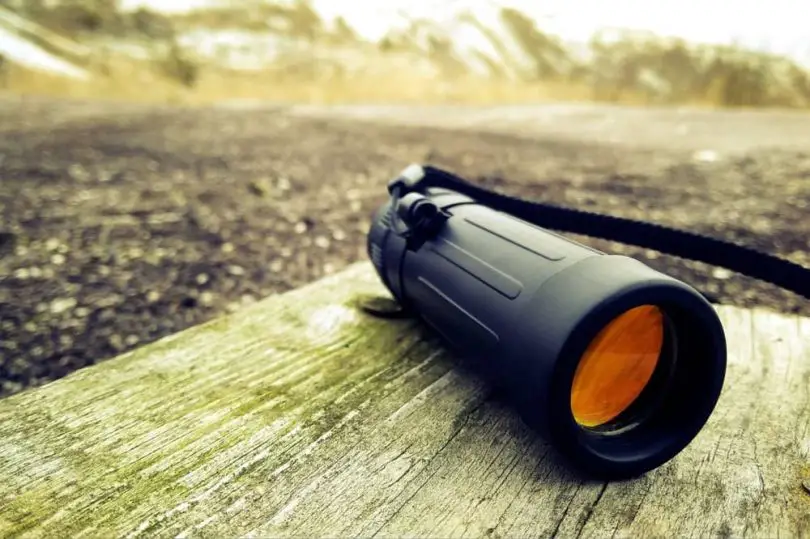



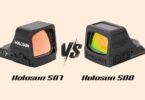
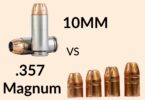


Leave a Comment